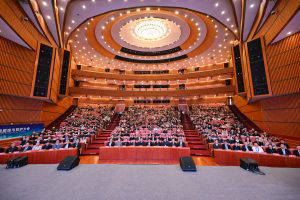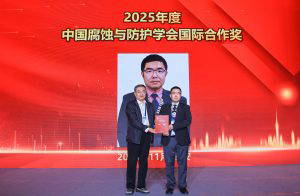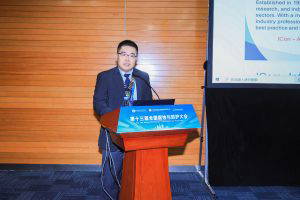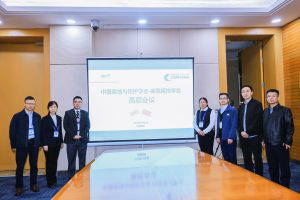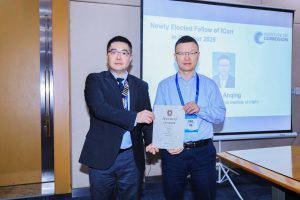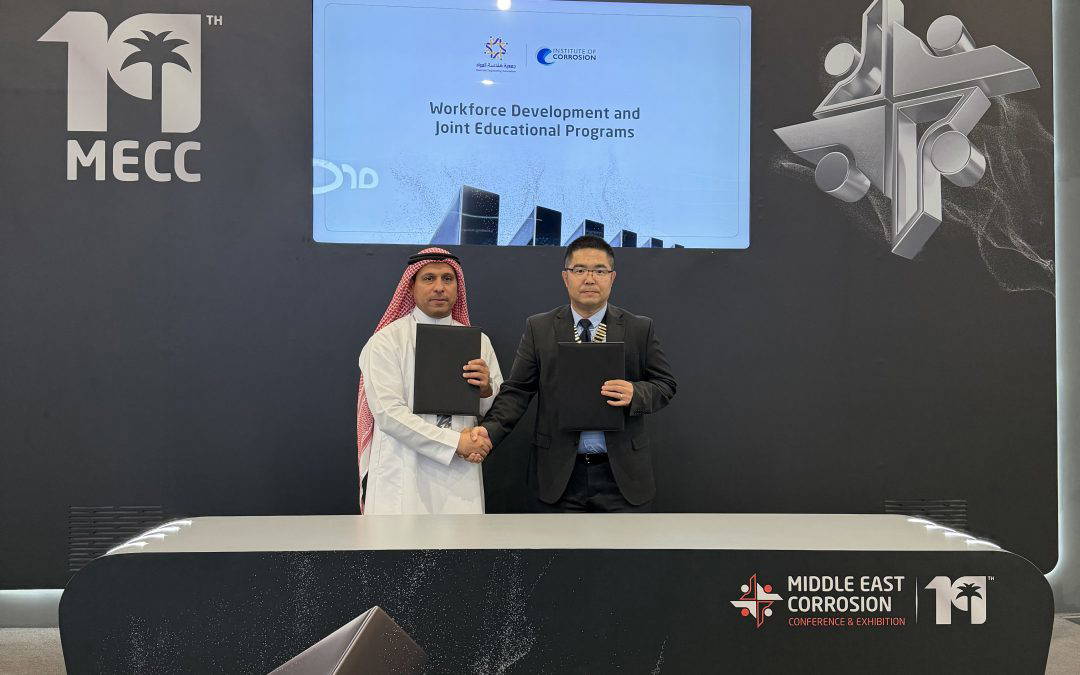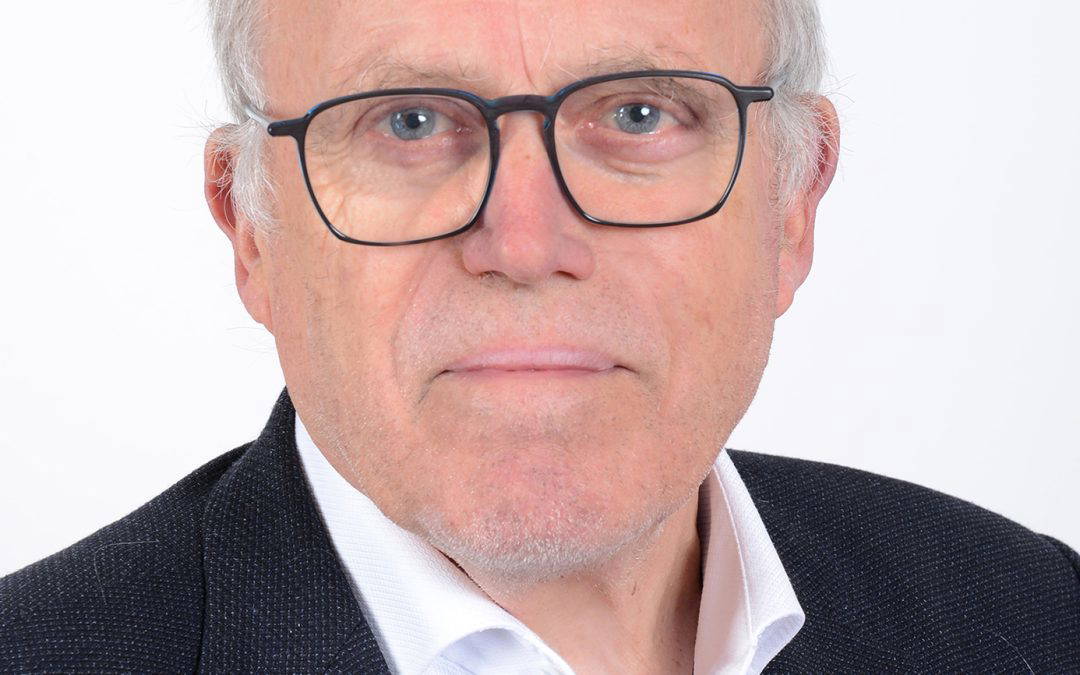The cart is empty!
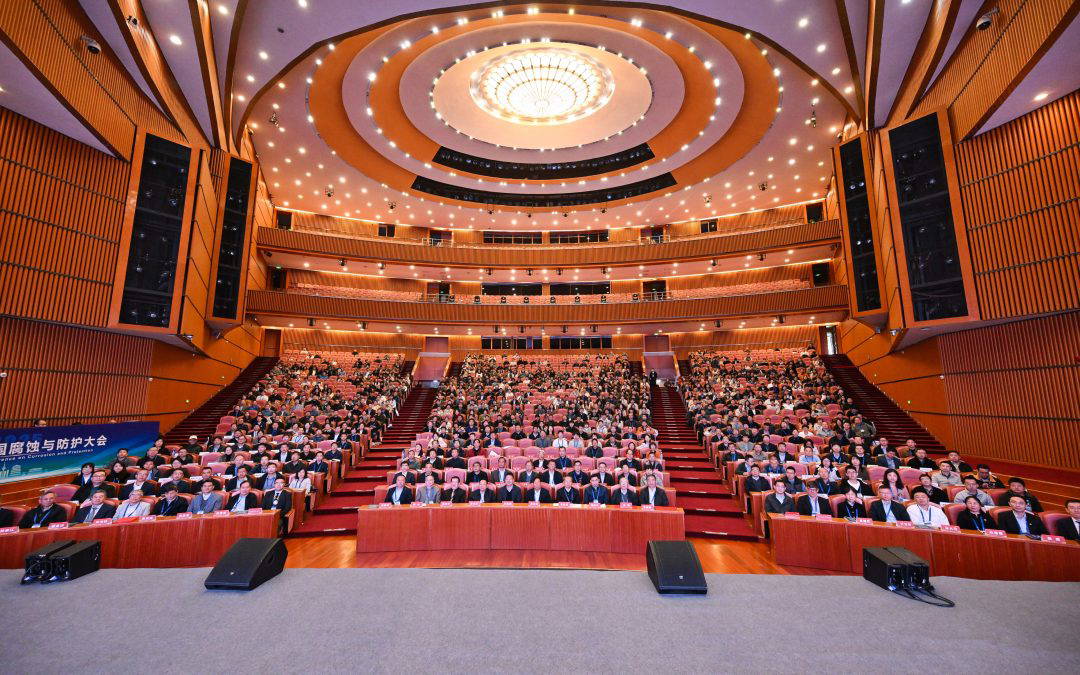
ICorr Strengthens UK-China Corrosion Collaboration at the 13th China Corrosion Conference in Xi’an, China
ICorr Strengthens UK-China Corrosion Collaboration at the 13th China Corrosion Conference in Xi’an, China
November 2025 marked another major step forward in international engagement for the Institute of Corrosion (ICorr), as President Dr Yunnan Gao was invited by the President of the Chinese Society for Corrosion and Protection (CSCP) to attend the 13th China Corrosion Conference, held from 8-9 November in Xi’an, China.
The event, China’s most significant national biennial corrosion conference, brought together more than 1,300 experts, researchers, and industry leaders to discuss developments across corrosion science and engineering, materials innovation, and emerging industrial corrosion challenges.
Photo: Opening Ceremony of the 13th China Corrosion Conference on 8th November 2025 in Xi’an, China.
Recognition of Leadership in International Collaboration
During the conference’s opening ceremony and awards session, Dr Yunnan Gao was honoured with the International Collaboration Award, presented by the president of CSCP, Professor Xiaogang Li, in recognition of his leadership in strengthening cooperation between the corrosion communities of the UK and China.
The award highlights intensified engagement between the two organisations in the recent years, marked by high-level exchanges, jointly hosted events, and meaningful technical dialogues.
Photo: CSCP President, Professor Xiaogang Li (Left) Presenting the International Collaboration Award to ICorr President, Dr Yunnan Gao (Right), During the Opening Ceremony of the 13th China Corrosion Conference on 8th November 2025 in Xi’an, China.
ICorr President’s Presentation on ICorr, Young ICorr and YEP
A key moment of the conference occurred on 9th November, when Dr Gao delivered a presentation introducing the Institute of Corrosion, its global mission, and – of particular interest to the audience – its flagship programmes the Young Engineer Programme (YEP) organised by Young ICorr.
The session generated strong engagement from Chinese research students and early-career practitioners from universities, research institutes, and industry. Many expressed their enthusiasm for potential participation in future ICorr activities, signalling a promising new channel for nurturing the next generation of corrosion professionals across the UK and China.
Photo: ICorr President, Dr Yunnan Gao, Giving A Presentation on Introduction of ICorr, Young ICorr and YEP on 9th November 2025 during the 13th China Corrosion Conference in Xi’an, China.
Building on the Momentum of the UK-China Corrosion Summit
In meetings with CSCP President Professor Li Xiaogang and senior CSCP representatives, both parties reflected on the success of the 1st UK-China Corrosion Summit, hosted by ICorr and CSCP in Manchester in September 2025. The summit, focused on “AI Impacts to Corrosion Management within the UK–China Energy Industry,” showcased the value of collaborative thinking on shared industrial challenges.
Discussions in Xi’an reaffirmed a shared commitment to expand this cooperation, including future summits, technical workshops, research partnerships, and increased engagement between young professionals in both countries.
Photo: ICorr and CSCP Official Meeting Held during the 13th China Corrosion Conference in Xi’an, China.
Welcoming Newly Elected ICorr Fellows
A highlight of Dr Gao’s visit was the presentation of FICorr (Fellow of the Institute of Corrosion) certificates to newly elected Fellows based in China. Among them were:
- Professor Chaofang Dong
- Professor Anqing Fu
Their election as Fellows reflects ICorr’s recognition of their significant contributions to corrosion science and their leadership within the global corrosion community.
Photo: ICorr President, Dr Yunnan Gao (Left) Presenting FICorr Certificate to Professor Chaofang Dong (Right).
Photo: ICorr President, Dr Yunnan Gao (Left) Presenting FICorr Certificate to Professor Anqing Fu (Right).
Dr Gao commented: “It was a privilege to welcome Professors Dong and Fu as Fellows of ICorr. Their achievements and influence extend far beyond China, and their fellowship strengthens ICorr’s global network of excellence.”
Strengthening a Shared Vision for the Future
The Xi’an Conference showcased the strong foundation of trust and collaboration between ICorr and CSCP. Dr Gao emphasised the importance of continuing this momentum:
“Our communities face similar challenges and share the same ambition – to advance corrosion science and engineering for the benefit of society. This partnership between ICorr and CSCP is producing real impact. I look forward to deepening our collaboration and creating more opportunities for researchers, professionals, and students in both countries.”
Future initiatives currently under discussion include:
- Joint training programmes and career professional development activities
- Collaborative technical committees and research exchanges
- Co-hosted conferences and thematic workshops
- Greater mutual recognition of expertise and professional accreditation
A Growing Partnership with Global Impact
ICorr’s participation in the 13th China Corrosion Conference reflects the Institute’s long-standing commitment to international cooperation. As the corrosion challenges facing industry become increasingly complex and interconnected, ICorr’s engagement with organisations like CSCP ensures that knowledge, resources, and innovation flow freely across borders.
The success of the Xi’an conference marks not an endpoint but a further catalyst for collaboration – one that will strengthen corrosion science and engineering for both nations and for the global community.

